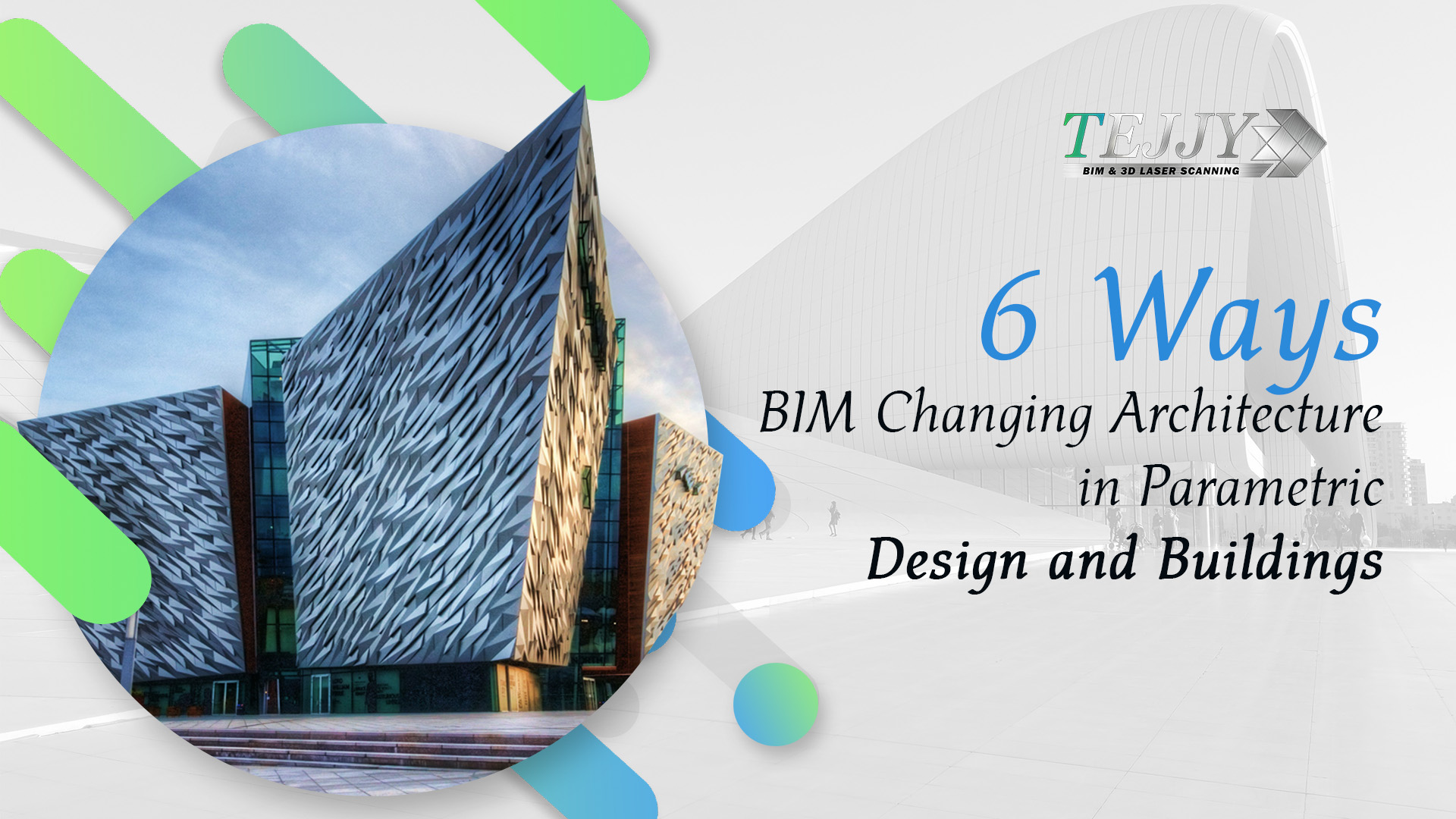6 Ways BIM is Changing Architecture in Parametric Design and Buildings
BIM in Parametric Building Design

Parametric design, expressed, is the process of entering design "parameters" into a design tool. Architecture is undoubtedly evolving due to parametric design, and this is only the beginning. Here are a few of the most significant modifications that parametricism makes.
Combines Aesthetics and Efficiency
For a very long time, the architect's inventiveness was constrained by the rules of nature. A few artists have defied the norm throughout the ages, but it has never been feasible significantly. Simply said, it took a lot of effort to transform a beautiful building into a functional one. It took a lot of time, work, and trial and error. In the past, these restrictions made such a task impossible. Computers, however, have allowed architects to resolve their design issues quickly. Look at any parametric structure from today. You'll see that it defies conventional shapes and doesn't adhere to any symmetry principles. Future engineers and architects will be surpassed in their ability to tackle spatial problems by parametricism. At the same time, architects can modify the design tool to add their unique visual touch. As a result, the finished product can combine maximum effectiveness with creative flair.
Speeds up Design Ideas
The guidelines will be followed by the design tool when you provide specific criteria so that it can generate potential designs. Doing so may determine the ideal option for each area of your proposed structure. Hence, parametricism encompasses much more than simply twisting your structure for its own sake. The structure's model allows you to enter the parameters and sort out each area swiftly. For instance, you may incorporate the geometry of the building into the design of the restroom. You can enter criteria into the application to receive several design suggestions. If you can resolve it swiftly, you can move on to the design's most attractive features.
Never confuses with "Style"
You might have noticed that "parametricism" was used in this sentence. It's a term used to describe an architectural design created parametrically. Parametric structures may have exciting similarities. The main culprit is its odd design, which seems out of place compared to its surroundings. That, however, only conveys part of the story. For instance, parametric technology has started to be used by real estate developers all over the world. Instead of building unusual things, it enables them to use available space better. Real estate investment may depend more on parametric technology. You can turn an ordinary piece of land into a beautiful, functional building or development by making the most of every square inch of your investment. Owing to this, it represents both technological progress and an artistic "trend".
Enables Complex Designing
Most parametric tools are cloud-based, making moving data from one user to another simple. This facilitates data transmission and permits the creation of numerous design teams. This has a variety of effects on the overall design process. Most significantly, with the development and spread of building information modeling (BIM). As you are well aware, the Australian government was a pioneer in BIM. In this approach, various teams collaborate to build buildings or other structures. It has several levels, from programming to building and running it. This method might put an end to tedious work and displace the use of conventional tools. It enables you to automate many tasks that would otherwise take time. However, designers will also need to adjust to various new potential jobs.
Makes Use of a Lot of Data Quickly
Parametric architecture offers countless opportunities. What used to take weeks, months, or even years to complete now can be completed in just a few minutes. Consider that you have to create an office building. It would help first to consider the possibilities and the client's needs. Then, it would be best to think of natural laws that might forbid a specific design. Rules governing the materials and other components contribute to a building's endurance. But with an AI system, you only need to know the starting conditions. The computer will handle everything on its own. Many claims that these resources serve as the programming language for architects. They create shapes and forms that weren't previously feasible by experimenting with specific parameters and adding data. You may quickly produce innumerable alternative outputs using old and new data.
Further, you can create additional tools to meet your needs. Imagine that you are constructing a tower in a cloudy city. How would you gauge how much daylight there is at a specific time of year? It only takes a few minutes with these tools. You can find the solution by simulating the scenario using the necessary parameters.
Architecture Adapting to "Smart Cities"
Many experts are concerned that AI will eventually replace architects in the workforce. Although that is legitimate, an architect may have other options. A group of architects might have to develop entire cities rather than concentrating on a specific building or area. The development of technology has led to the creation of autonomous systems for whole cities. These smart cities may benefit significantly from parametric architecture. This will provide architects with a new challenge. Instead of planning out each structure individually, they might need to do so for the entire system. This is already taking place; for example, Alphabet (Google's parent firm) wants to transform Toronto into a smart micro-city.
To know more, schedule your free consultation with Tejjy BIM Consultants in USA.
Source: https://www.tejjy.com/












